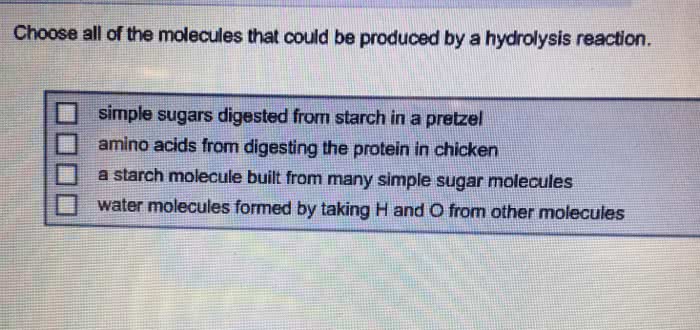AGRICULTURE MICROBIOLOGY Lecture Notes - Fermented Milk Products, Pediococcus, Mucor
Document Summary
Fermentation is the chemical transformation of organic substances into simpler compounds by the action of enzymes, complex organic catalysts, which are produced by microorganisms such as molds, yeasts, or bacteria. Enzymes act by hydrolysis, a process of breaking down or predigesting complex organic molecules to form smaller (and in the case of foods, more easily digestible) compounds and nutrients. For example, the enzyme protease breaks down huge protein molecules first into polypeptides and peptides, then into numerous amino acids, which are readily assimilated by the body. The enzyme amylase works on carbohydrates, reducing starches and complex sugars to simple sugars. And the enzyme lipase hydrolyzes complex fat molecules into simpler free fatty acids. These are but three of the more important enzymes. There are thousands more, both inside and outside of our bodies. In some fermentations, important by-products such as alcohol or various gases are also produced.



